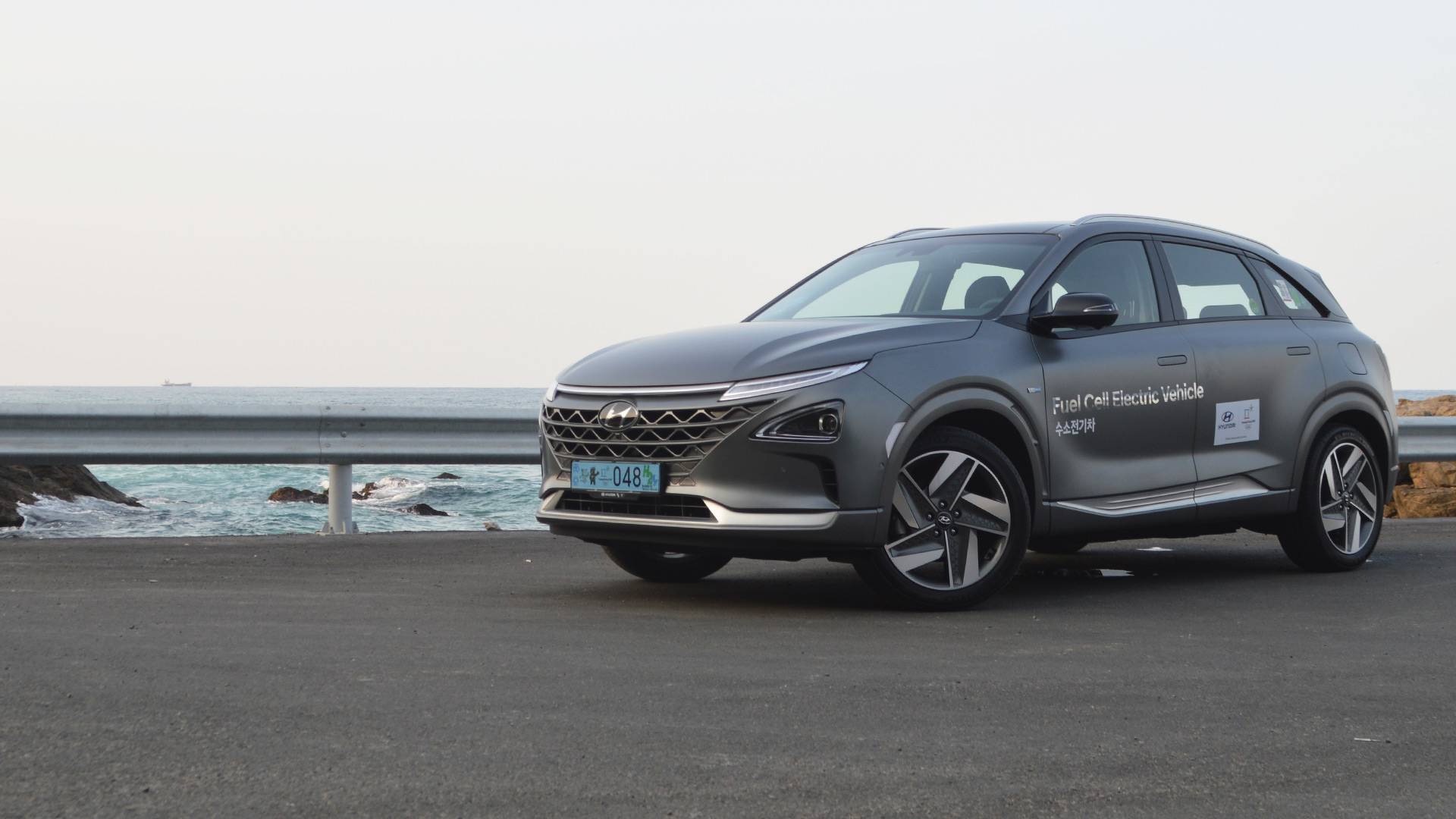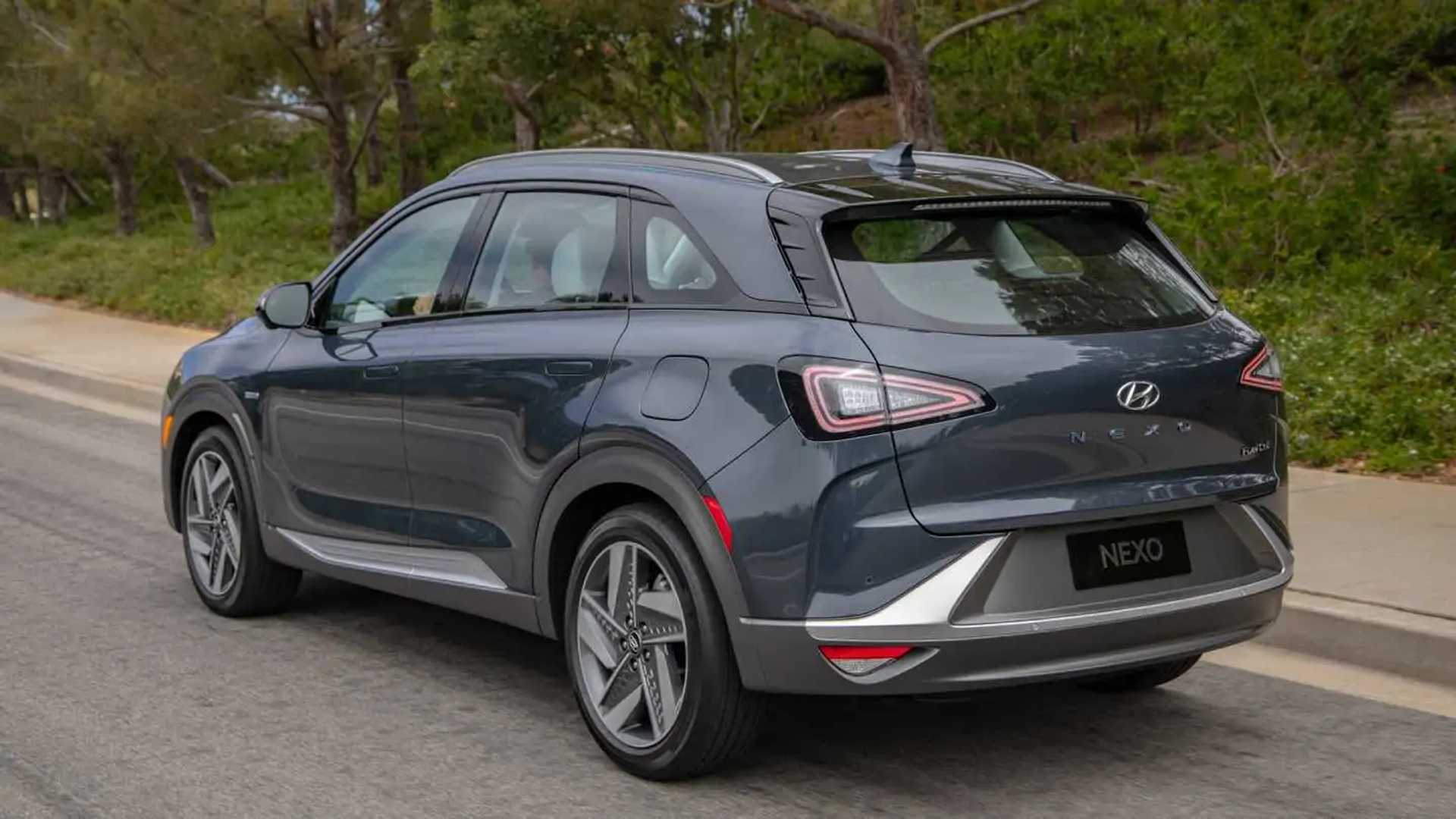Is it going to be used for a production vehicle?
Hyundai is one of the very few manufacturers that still believe fuel-cell electric vehicles (FCEVs) are the future of mobility. We admire their efforts and find the Nexo “an impressive exercise in normalizing advanced tech.” Apparently, Hyundai is encouraged to expand its fuel-cell portfolio, judging by a recent trademark filing.
First found by GoAuto, the trademark application for the Neptune moniker was recently filled with the Australian authorities by the South Korean automaker and is intended for use on “hydrogen fuel cell electric vehicles in the nature of hydrogen-fueled cars,” as well as “automobiles” and “electrically powered trucks.”
The connection between the Neptune name and FCEV technology is obvious, knowing that Neptune was the God of the sea for the Romans and that fuel-cell vehicles emit just water. The trademark application could signal the next step in the company’s strategy to produce no less than 500,000 FCEVs a year by 2030 under its FCEV Vision 2030 program. GoAuto recalls that Hyundai’s South Korean division Hyundai Mobis recently opened its second FCEV plant to boost production from 3,000 a year in 2018 to 40,000 a year in 2022.
Gallery: 2019 Hyundai Nexo: First Drive








It’ll be very interesting to see whether Hyundai will use the Neptune moniker for an actual concept or production vehicle. If you can recall, some two years ago Aston Martin used a very similar name, Project Nepture, for a submarine with a design inspired by the Gaydon brand’s beautiful cars. It even entered production for $3.3 each.
Hyundai is not the only automaker committed to FCEVs. BMW recently unveiled the i Hydrogen Next as a fuel-cell version of the current X5 that is actually planned for production in the coming future. Earlier in the year, we spied a hydrogen variant of the Lexus LS testing on public roads.
Gallery: 2019 Hyundai Nexo Fuel Cell SUV








More photos
- Share on Facebook
- Share on Twitter
- Share on LinkedIn
- Share on Flipboard
- Share on Reddit
- Share on WhatsApp
- Send to email
Source: Read Full Article




